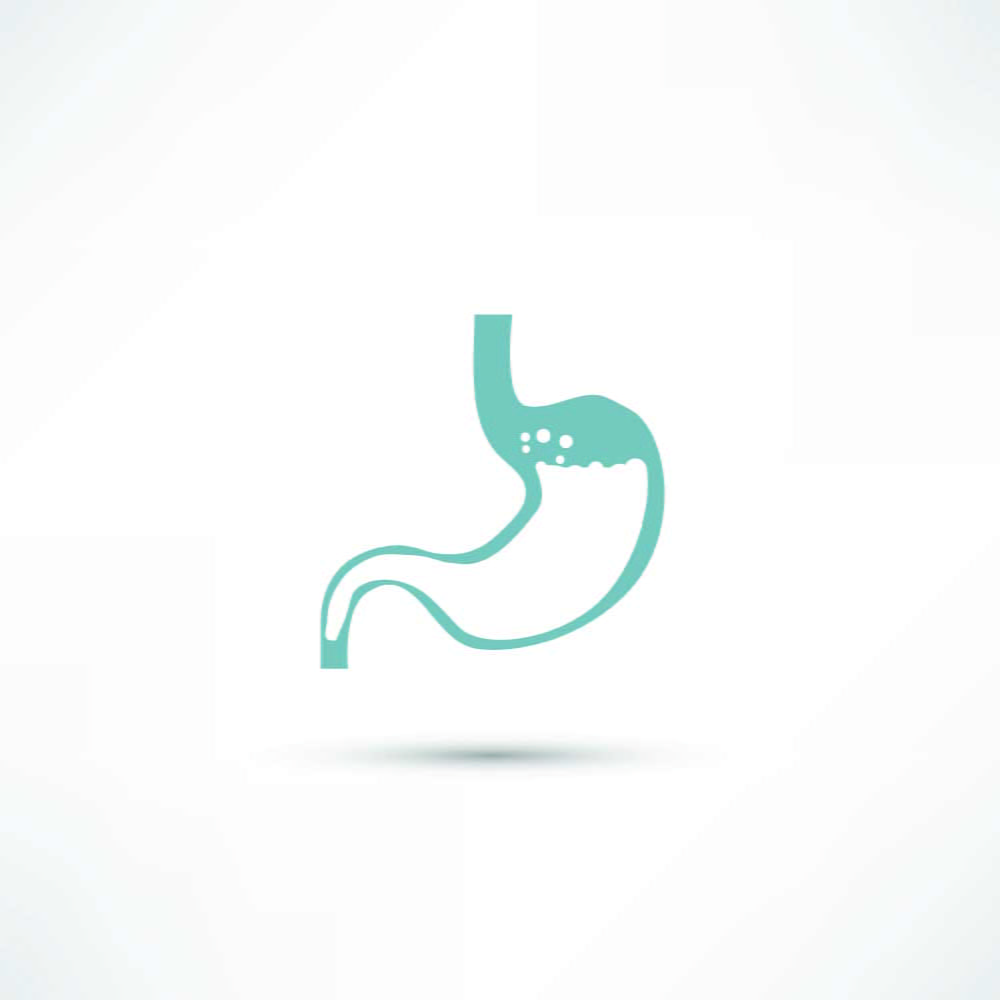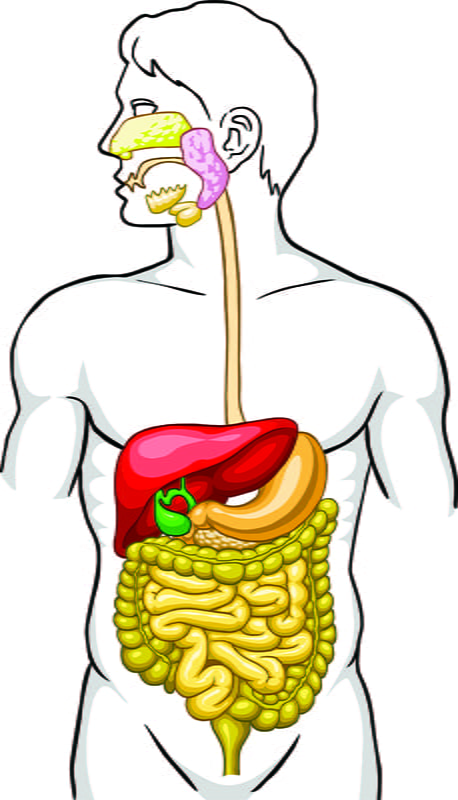Introduction:
Worsening Helicobacter pylori clarithromycin and levofloxacin resistance in the U.S. has led to recent guidelines recommending use of these agents only when the bacteria are known to be susceptible. On the other hand the impact of first-line treatment that used targeted antibiotic therapy rather than empiric antibiotic therapy on eradication success has yet not been clearly defined. In 2020 the hospital system began performing genotypic resistance testing on Helicobacter pylori that was detected in gastric biopsies, and the reports included targeted treatment regimens. The main objective of the study was to assess the changes in H. pylori antibiotic resistance in a population over time after implementing targeted first-line antimicrobial therapy along with the evaluation of eradication success over time among patients without prior H. pylori treatment.
Methods:
- The study included patients who had gastric biopsies positive for H. pylori and these samples were tested using a next-generation sequencing test in order to detect mutations linked to antibiotic resistance.
- The test looked for mutations in : 23S rRNA (resistance to clarithromycin), gyrA (resistance to levofloxacin), and 16S rRNA (resistance to tetracycline).
- The patients who had already been treated for H. pylori were excluded and patients who did not have follow-up testing (like a breath test, stool test, or another biopsy) at least 28 days after finishing treatment were also excluded.
- The analysis focused on two time periods:
- Period A: November 2020 to August 2021 – early after the hospital began using the MAAR test with treatment suggestions.
- Period B: December 2022 to July 2023 – after adding a pharmacist intervention where endoscopists were directly messaged about the MAAR results and suggested treatments.
Results:
The following results were seen on comparing both the periods:
|
Parameter |
Period A (MAAR Only) |
Period B (MAAR + Pharmacist Messaging) |
|
Number of patients |
69 |
127 |
|
Clarithromycin resistance |
36% |
22% |
|
Levofloxacin resistance |
39% |
32% |
|
Tetracycline resistance |
1% |
4% |
|
Use of bismuth quadruple therapy |
23% |
54% |
|
Eradication success (1st-line therapy) |
77% (n = 53) |
93% (n = 118) |
|
Statistical significance |
– |
p < 0.01 |
Conclusion:
Personalized treatment recommendations were linked to reduced clarithromycin and levofloxacin use and resistance, increased tetracycline use and resistance, and higher eradication success. First-line therapy choice influences both treatment outcomes and antibiotic resistance trends.
Digestive Disease Week 2025, May 3rd – 6th, San Diego




